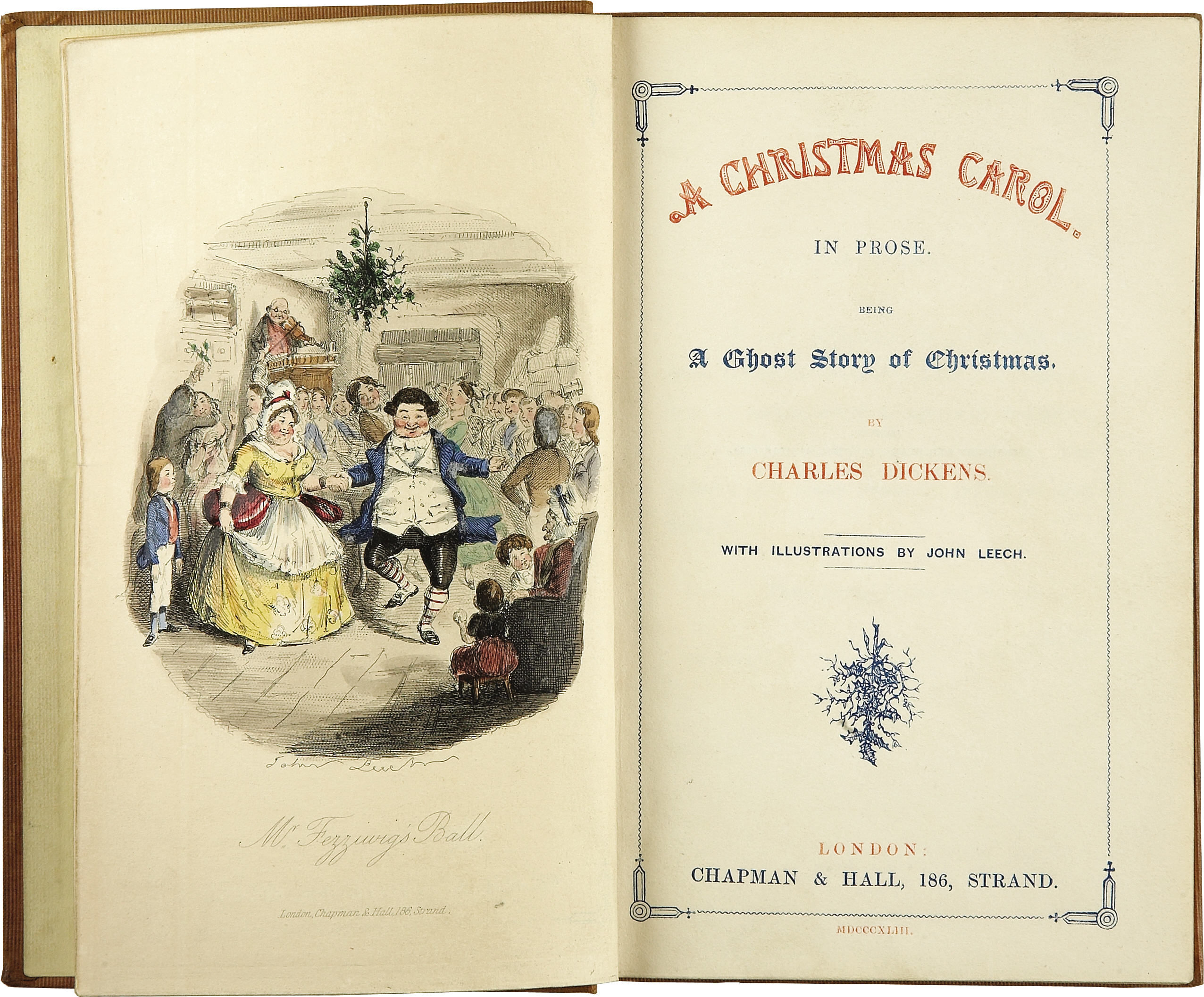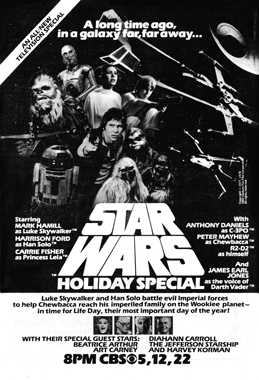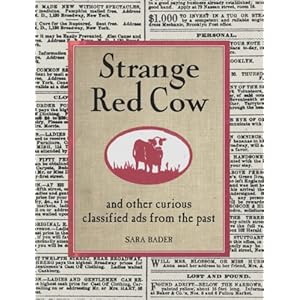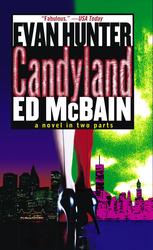
Most years around this time I settle down to a re-read of Ellery Queen’s
The Finishing Stroke, a 1957 mystery that I consider one of Queen’s best and that takes place during the course of Advent in 1929. Building a Christmas mystery for Ellery to solve was a temptation that even two Jewish cousins from Brooklyn, Frederic Dannay and Manfred B. Lee, could not resist. The temptation has also lured virtually every other classic mystery writer. Agatha Christie gave us not only
Hercule Poirot’s Christmas but also a Miss Marple short story
Christmas Tragedy. Rex Stout contributed the 1957 Nero Wolfe novella
Christmas Party and even Sir Arthur Conan Doyle jumped into the fray with Sherlock Holmes in
The Adventure of the Blue Carbuncle. (The Holmes story is now available to Audible subscribers this month as a free holiday download.)
Christmas stories are not the sole province of Golden Age mystery authors. Our own Elizabeth Zelvin has contributed such a volume, to the holiday shelf
Death Will Trim Your Tree. The temptation to offer up Yuletide tales is also apparent from the works of other modern popular authors. John Grisham has
Skipping Christmas, and David Baldacci has
The Christmas Train.
Christmas stories have also provided the backdrop for many memorable movie classics. Last year at this time of year I wrote of the
many adaptations of my personal favorite, Dickens' A Christmas Carol, and our family’s Christmases usually are not complete without at least one screening of Irving Berlin’s 1954 musical
White Christmas – this year my wife and I even attended the stage version at the Kennedy Center here in Washington – and we also always manage to find an evening to devote to
National Lampoon’s Christmas Vacation.
My family has always celebrated the Yule on Christmas Eve – when my brother Graham and I were kids that was the evening Santa visited our home, just after dinner. The same was true when my own two sons, now well ensconced into their twenties, were kids. And now, with my immediate family having dwindled down to four (all adults), six including my brother and his wife, we gather at Graham and Nikki's restored Victorian home near the St. Louis botanical gardens each year for the holiday. We do all of the expected things – listen to carols, open presents, dine in front of the tree. But we have a darker side to our Christmases as well. When the presents have all been opened, and the room is a hopeless clutter of torn metallic papers and ribbons, we pour ourselves a couple stiff ones and turn on the TV in search of bad Christmas movies.
With on-line movies, YouTube and obscure DVDs readily available, finding almost any given movie is not that difficult. But finding the right one is not always an easy task. Not just any bad movie will do. Just as you can get too much of a good thing, it is even easier to get too much of a bad thing. What we search out each year are movies that, while failed, offer something camp; something so awful that it is funny but not so awful that it is unwatchable. We have been laughing “with” all evening; now it is time to laugh “at.”
Candidates for this year, together with some that have already been rejected, include the following:
 Santa Claus Conquers the Martians
Santa Claus Conquers the Martians This incredibly cheesy 1964 movie makes every list of “ten worst Christmas movies” as well as “ten worst movies ever.” The premise: The Martians kidnap Santa Claus because there is no one on Mars to give presents to the Martian kids. Apparently no one cares about the rights on this one, so if you are tempted you can see the whole debacle, including the original title song "Hooray for Santy Claus," at
this YouTube site. (Watch closely -- an eight year old Pia Zadora plays one of those mini-Martians.) Special effects include what charitably appear to be five dollar masks and action sequences where everyone leans to the right when the spaceship veers left. We’ve seen this one before. I’m still looking for the
Mystery Science Theatre 3000 episode featuring the movie. Score; Watchable, but two or more scotches will likely be required.
 Santa with Muscles
Santa with Muscles Hulk Hogan stars in this 1996 film about an evil millionaire who gets amnesia, hides from pursuers by donning a Santa costume, and then believes that he is Santa after seeing himself in a mirror. Ed Begley, Jr. also stars as an evil scientist intent on taking over an orphanage for some obscure reason. Movie critic Joe Leydon wrote “John Murlowski directs with all the enthusiasm of someone going through the motions to pay off a debt.” Score: As yet unseen, but a candidate for a two scotch watch.
 Jingle All the Way
Jingle All the Way Yet another 1996 Christmas movie that consistently makes the “worst 10 Christmas movies” list. More money was spent on this film than on any other in the list but, by all accounts, it still does not work. Arnold Schwwarzenegger in his pre-governator days stars as a harried parent trying to secure the hottest toy of the year. Comparing this movie to the Hulk Hogan opus discussed above, film critic Chris Hicks said that the Hulk’s movie "makes Arnold Scwarzenegger seem like Laurence Olivier.” I have yet to see this movie, but it is a favorite of our kids and a likely watch this year. Score: Sight unseen, but a candidate for watching with the first scotch of the evening.
Santa Claus aka
Santa Claus versus the Devil This 1959 Mexican production has garnered several critics’ nomination for worst movie ever filmed. (An awesome feat – that means it defeated the horrible -- but non-Christmas --
Plan 9 from Outer Space, starring Bela Lugosi and his chiropractor, who filled in for Bela after he died in mid-filming.) Anyway, this Mexican entrant in the Christmas sweepstakes tells the story of Santa and his best friend Merlin the Magician who are off to thwart the Devil’s plan to kill Santa and, in the words of the film’s promo piece, “make all of the kids in the world do evil.” Apparently no one cares about copyright protection on this Christmas turkey either --
the whole film is a click away on YouTube. Score: sight unseen, but we will likely take a peak this Christmas. A candidate for a two and a half scotch watch. Also a film where one senses the remote should be kept handy just in case.
 Christmas Vacation 2 – Cousin Eddie’s Island Adventure
Christmas Vacation 2 – Cousin Eddie’s Island Adventure This 2003 TV movie sequel to the classic
National Lampoon’s Christmas Vacation was apparently shown once, and only once, on network TV. The sequel, as the name implies, jettisons the Griswold clan, leaving us only with Cousin Eddie and his . . . “brood.” What were they thinking? The WebSite
DVD Verdict calls the film a "bedsore of a movie" and suggests that any copy should be "thrown into a burlap sack, weighted down with rocks, and tossed into the closest body of water." Score: I’m not going to even try it.

A C
hristmas Carol – the Musical Not to be confused with Albert Finney’s very passable 1970 musical
Scrooge, this 2004 made-for-TV film stars Kelsey Grammer as Scrooge and has Jason Alexander playing Marley’s ghost. And – worse – the movie is not just a musical, it is virtually an opera – almost everything is sung. I mean everything. One reviewer summed up the film as follows: “Never in all my days have I ever seen such a turgid remake of what can only be described as one of the most heartwarming Christmas events.” Score: As noted, I’m a huge
Christmas Carol fan (I even liked
Mr. Magoo’s Christmas Carol, which, by the way, featured better music than this version.) I tried to watch this film when it aired in 2004 and turned it off within 10 minutes when it became evident that no one was going to (1) stop singing, or (2) sing adequately. Score: Unwatchable. Cannot be saved even by scotch.
An American Carol This 2008 film played in theaters for about a week. It is hard to classify it strictly as a Christmas movie since it takes the Dickens premise and then shifts the underlying holiday to July 4 and re-invents the story as one involving a liberal movie producer who, in all but name, is Michael Moore, and who has forgotten the meaning of patriotism. He is visited by three ghosts including (see above) Kelsey Grammer as General George Patton, a re-invented “ghost of Independence Days past.” If that were not enough, Leslie Nielsen, in one of his final films, appears as Osama Bin Laden. Film critic Sam Graham had this to say about the movie: “It’s been suggested that
An American Carol wasn’t screened for reviewers prior to its theatrical release because the predominantly left-leaning critics would pan the film merely because of its conservative subject matter, thus torpedoing its box office potential .There’s some justification for that belief, but there’s another reason that certain films aren’t pre-screened: because they’re not good . . ..” Score: I have yet to watch this movie, but am likely to give it a try this Christmas. Having said this, I will be surprised if I get through more than 10 minutes. Three scotches and keep the remote well in hand.
The Star Wars Holiday Special Although not truly a “story,” this 1978 television special at least has a story-line that attempts to tie things together -- Chewbacca and Hans Solo visit Kashyyk, Chewbacca's home world, to celebrate “Life Day.” The special featured all of the actors from the original
Star Wars trilogy and is universally (in a galaxy not that far away) judged to be one of the most horrible television programs ever aired. Some of the cast members have at times denied that the program even existed. George Lucas has spent a great deal of effort ensuring that it will never be re-broadcast. To quote Lucas, "if I had the time and a sledgehammer, I would track down every copy of that show and smash it." In similar tone, David Hofstede, author of
What Were They Thinking?: The 100 Dumbest Events in Television History, ranked the holiday special at number one, calling it "the worst two hours of television ever." While the show was never re-broadcast and never released on tape or DVD, if you want to see just how bad a film can be, there are original copies (recorded off the air in glorious VHS) that are available on YouTube. Full length versions are relentlessly blocked by "the Federation," but the smaller snippets persist.
This one contains the first ten minutes, which, in truth, is all you need. Score: Unwatchable. But having said that, you should try just the first few minutes, scotch firmly in hand, to see how a group of talented people can come up with something this totally wrong-headed. Jaw dropping is the only response to the overly long and totally incomprehensible segment set in Chewbacca’s home near the beginning of the film. As actor and critic Ralph Garman observed, “it's so bad that it actually comes around to good again, but passes it right up.”
Happy Holidays!















 Today is only days after the Newtown school tragedy. I'm just in such a sad place that it's difficult for me to think about writing anything funny or helpful to readers or writers. I write about guns and murder and mayhem but what I write is FICTION not real life as we have watched unfold since Friday. The heartbreak is still too near the surface.
Today is only days after the Newtown school tragedy. I'm just in such a sad place that it's difficult for me to think about writing anything funny or helpful to readers or writers. I write about guns and murder and mayhem but what I write is FICTION not real life as we have watched unfold since Friday. The heartbreak is still too near the surface.







 The other totemic association I have with Berlin is currywurst. All
over town there were food stalls set up in the street, and wurst
stands were the most popular. You got brats or a knock with potato
salad and a hard roll, with a dab of mustard on the side, on a paper
plate. The odder iteration was currywurst. Basically pork sausage
slathered in ketchup mixed with curry powder, and served with French
fries. An acquired taste, as you might imagine, but once acquired, not
forgotten.
The other totemic association I have with Berlin is currywurst. All
over town there were food stalls set up in the street, and wurst
stands were the most popular. You got brats or a knock with potato
salad and a hard roll, with a dab of mustard on the side, on a paper
plate. The odder iteration was currywurst. Basically pork sausage
slathered in ketchup mixed with curry powder, and served with French
fries. An acquired taste, as you might imagine, but once acquired, not
forgotten.













